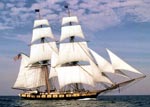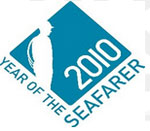 Every year the International Maritime Organization (IMO) observes World Maritime Day during the last week of September. The IMO headquarters is celebrating today, Thursday, September 24th, though in Buenos Aires, Argentina and Vancouver, Canada, they will be celebrating the event on October 7-8th and November 17-18th respectively. In Singapore the Maritime and Port Authority of Singapore (MPA), the Singapore Maritime Officers’ Union and the Singapore Organisation of Seamen will be distributing hampers containing food movies, and caps to 12,000 sailors on more than 600 ships.
Every year the International Maritime Organization (IMO) observes World Maritime Day during the last week of September. The IMO headquarters is celebrating today, Thursday, September 24th, though in Buenos Aires, Argentina and Vancouver, Canada, they will be celebrating the event on October 7-8th and November 17-18th respectively. In Singapore the Maritime and Port Authority of Singapore (MPA), the Singapore Maritime Officers’ Union and the Singapore Organisation of Seamen will be distributing hampers containing food movies, and caps to 12,000 sailors on more than 600 ships.
In London, a group representing shipping “stakeholders” – shipowners, managers, underwriters, traders and trade unions – is presenting a petition signed by almost a million demanding action to end piracy. In this the “Year of the Seafarer,” 354 seafarers and 16 ships are being held hostage by pirates in Somalia.
Action to end piracy demanded on World Maritime Day
Continue reading

 Tonight, the beginning of Fall will be marked by the rising of a “Super Harvest Moon” accompanied by
Tonight, the beginning of Fall will be marked by the rising of a “Super Harvest Moon” accompanied by 

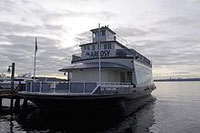
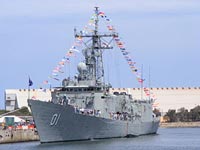
 For sailors who still watch the skies, Jupiter will be passing the earth on Monday at its closest approach since 1963. The planet will not appear as big or as bright again until 2022.
For sailors who still watch the skies, Jupiter will be passing the earth on Monday at its closest approach since 1963. The planet will not appear as big or as bright again until 2022. We have previously
We have previously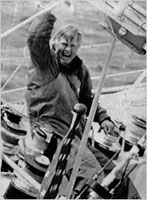
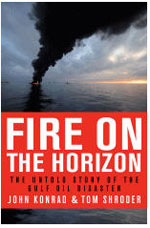

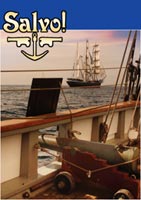 I am not a big gamer but
I am not a big gamer but 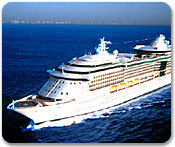


 “Lord Nelson’s love of bling may be the reason he was shot dead at the Battle of Trafalgar, a medal expert claimed yesterday.”
“Lord Nelson’s love of bling may be the reason he was shot dead at the Battle of Trafalgar, a medal expert claimed yesterday.” 